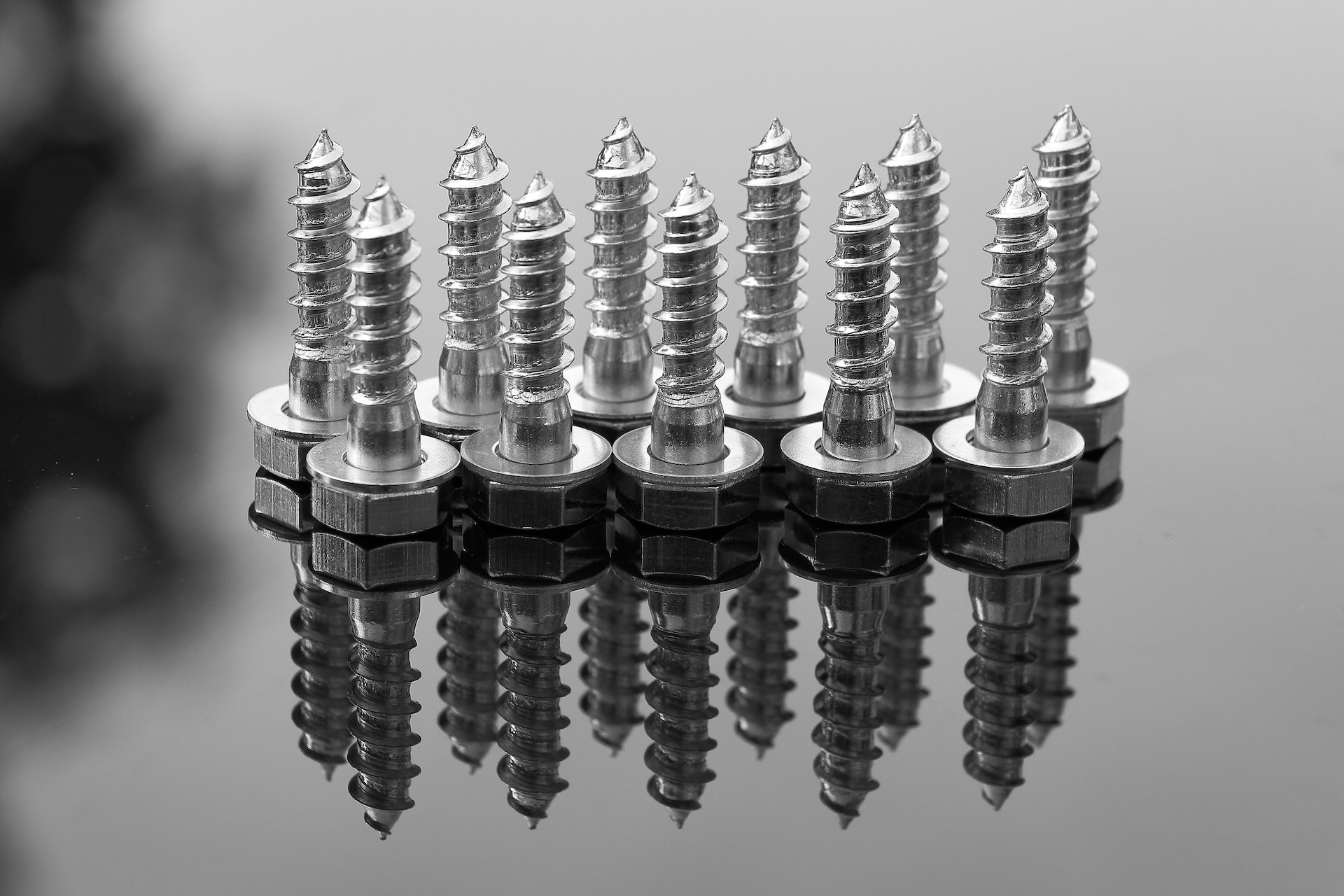The Chemistry Behind Electroless Plating (& Why It’s Used)
Thanks to its many benefits, there are applications of electroless plating across virtually all industries. The natural opposite of electrolytic plating (also called “electroplating”), there is no electrical charge required to complete this plating process.
In the automotive sector, it's commonly used with cylinders, gears, and shock absorbers. In aviation and aerospace, it's used with components like valves and pistons. Depending upon the material applied, a layer of electroless plating can increase corrosion resistance, wear and abrasion resistance, lubricity, aesthetic appeal, and more. Electroless plating is ideal for parts that need a consistent, uniform layer of protection from inherently harsh environments.
By understanding more about how (and why) electroless metal plating is applied, you can make an informed decision about whether it’s right for your desired application.
How Electroless Plating Works
At the beginning of the electroless plating process, the metal substrate is first submerged into a few different pretreatment baths. Each bath has the chemicals needed to not only remove oil and grease, but dirt and other obstructions that could negatively impact the rest of the process.
Once that is complete, the component is immersed in a plating solution. This is when desired plating materials such as nickel and phosphorus ions are deposited onto the surface through a chemical reaction. This part of the process is heavily customizable, and can be carried out at a rate of between 5 and 25 microns per hour depending on the eventual application.
After the intended thickness has been reached, the component can be removed from the solution and carefully inspected. It is then ready for whatever eventual application the user has in mind.
Difference Between Electroplating and Electroless Plating
The process for electroless plating is more straightforward than the electrolytic method. As the name implies, "electroless" plating happens without electricity — it is a totally chemical reaction. This means that you don't need the equipment to create the electrical current, nor are you limited to only working with conductive material. While electroplating must always be applied to a metallic base substrate, it’s possible to plate nearly any material with an electroless process.
Electroless nickel plating, a commonly preferred option, coats the component in a thin layer of nickel through a purely chemical reaction. This is commonly used to add desirable qualities like conductivity and wear resistance to sensitive components like those in aerospace.
In addition to corrosion resistance and other beneficial properties, electroless plating maintains its uniform deposit even in areas like slots and holes. This is particularly important when it comes to the inside walls of tubing as well. Typically, the trade-off to all this is a somewhat slower process than the electrolytic plating method. This can also cause the potential for higher costs, largely due to extended dwell time
A More Uniform and Consistent Plating Style
While alternatives like electroplating can be faster and can sometimes create a thicker coating, these processes are also far less uniform. This makes the finished product prone to certain types of issues, such as "dog boning."
With dog boning, the plate that is left behind on the surface of the material as a result of this process is thicker around the edge and any convex corners, but thinner around concave corners. This creates an uneven layer of protection, and ultimately a possible point of failure. Dog boning happens when too much of a current is being used on any one particular area of the part or component.
Electroless nickel plating offers an unparalleled uniform finish, with a thickness that is equal on every angle, corner, and edge — critical for applications that require close tolerances. This is why clients are always encouraged to think about the long-term application before deciding on a project to use. What would benefit your springs or fasteners more — being completed quickly or having a truly uniform protective plating throughout?
Some tasks may need to be completed more quickly, but for those that are less time-dependent, electroless plating is often a superior process.
There are many other benefits to the electroless plating process, too. The coating can be applied as a final production operation, since the resulting part will have a high level of hardness. It will have excellent solderability, ductility, and superior electrical properties when compared to alternative methods.
If you'd like to find out more information about the chemistry behind the electroless nickel plating solutions, or if you have any additional questions about why it's used, please don't delay — contact Metal Finishing Technologies today. We’re proud to be one of the leading electroless nickel plating companies in the northeast. Request your free quote and we’ll get back to you in 24 hours or less.

